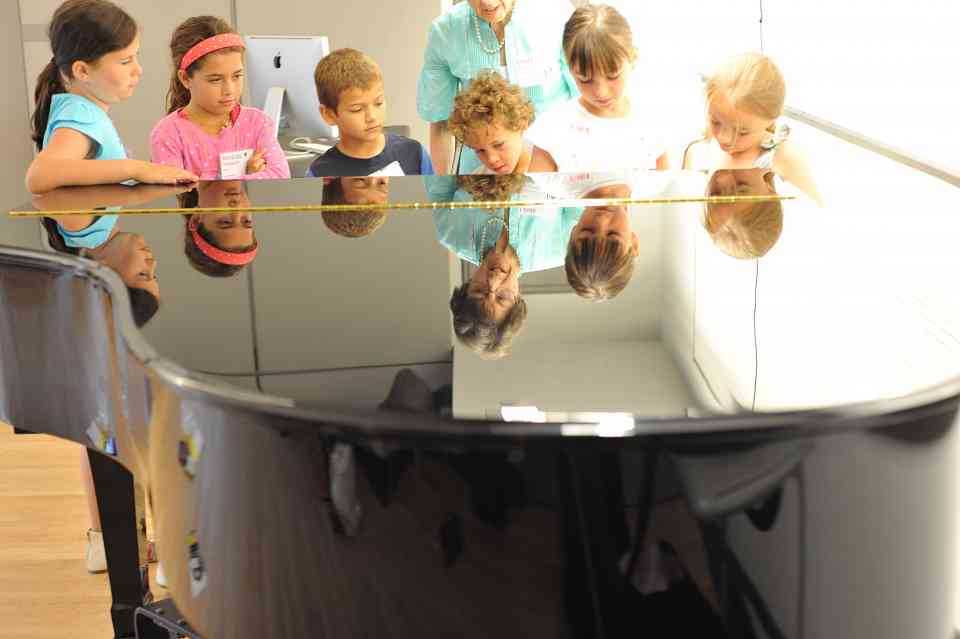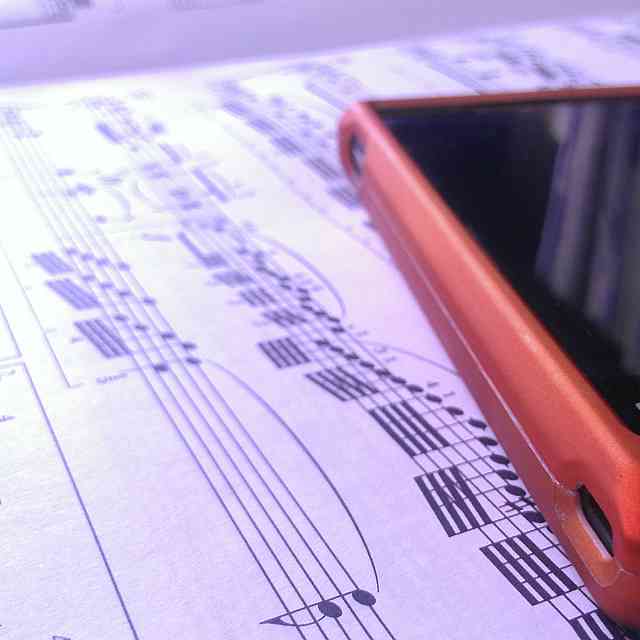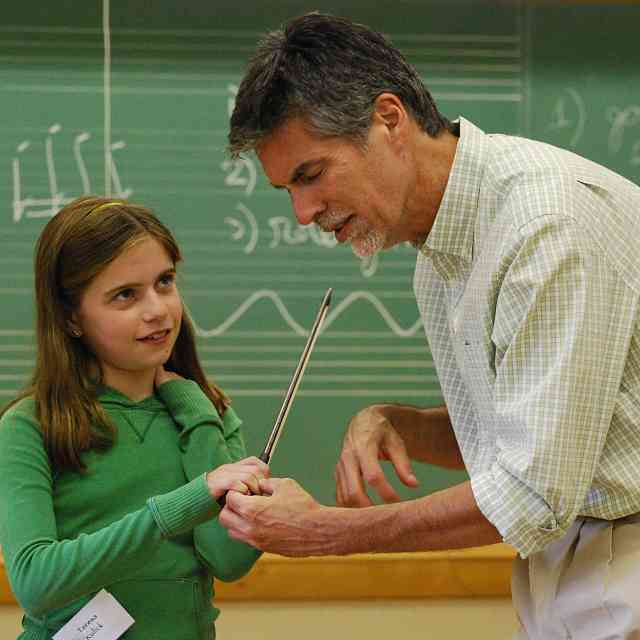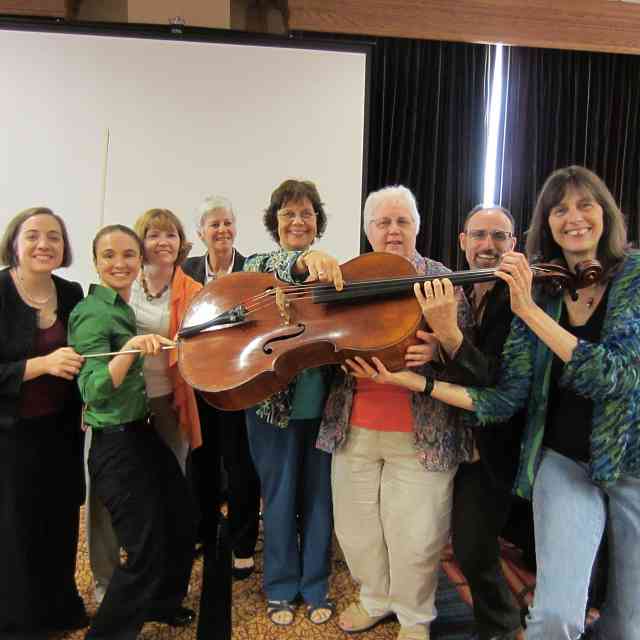Join us on the blog this week as we recap some sessions from the 2013 SAA Leadership Retreat—and save the date for even more ideas and inspiration at the 2014 SAA Conference!

Institute Suzuki Montreal
Active communication in the Suzuki studio was the topic of a breakout session hosted by the Teacher Development Advisory Committee over the weekend. These are some of our ideas.
Keep in Mind
- We need to hear information three times before it is completely received.
- It is vital to use multiple ways to communicate, as not all parents/students respond to the same type of communication (whether email, hard copy, voicemail, etc.).
Formats of Communication to Consider
- Email
- Used to share schedule information, studio rules/expectations, Suzuki philosophy, etc.
- Be careful of the written tone of an email, which can easily be forwarded. Consider if a discussion would be better in person than via email.
- Think twice before responding to certain emails.
- Protocol for emailing teens: ask parent for permission to do so; CC the parent,
- Website for communicating studio news
- To text or not to text?
- Each of us need to decide what we feel comfortable using, i.e. using text only for personal family communication versus using text for studio families as well.
- In today’s world, teens text readily for immediate communication.
- Social Media
- Post photos and videos on Facebook with permission.
- Promote events, concerts, etc.
- Phone call, voicemail
- In-person meetings
- In-person reminders at the lesson itself
- Create the Suzuki environment within the studio via ASJ issues, Suzuki quotes posted on bulletin board, etc.
- Post reminder signs, i.e. no group class next week.
- Google Calendar to communicate
- Links with Gmail accounts and viewable on smartphones.
- Send a calendar link for private invite to the calendar.
- Google Docs offers Google Forms: use for scheduling or questionnaires. Information goes into spreadsheet to collate.
- Have a physical mailbox slot at school/studio for each family. Insert hard copy of info that needs to be circulated weekly to each family. Kids enjoy checking if they’ve received any mail.
- Accessibility: With 24/7 access to email, you may need to set office hours or boundaries as to when you are available to answer messages or calls.
- Silent lesson: Have a studio policy of no smartphone use during lessons, unless it is related to the task at hand (recording a teaching point or photographing a bow hold for future reference).
Parent-to-Parent Communication
- Parent get-together: teacher kicks off session with an assigned theme to discuss, then leaves room. Parents are sharing and supporting each other.
- Parent parties: wine and cheese; Suzuki book discussions.
- Adult recitals.
- Parents as Partners Online discussion time.
Teacher-to-Teacher Communication
- Support colleagues within one’s school/program, within one’s community, across the state/province, country.
Student-to-Student Communication and Interaction
- Social time for students to be together: pizza between classes, play at park before group, etc.
- Positive/constructive criticism with peers: informal play-through of upcoming recital piece with student-only feedback.
- Student/parent greeting the next student after finishing a lesson.
- Practice buddies: teen mentorship via matching a teen with a younger child for a practice session. Teacher provides focus for teen to work on in the partner practice time. Side benefits include the teen being empowered, friendships made, the younger student has a role model, and teens take such things seriously, teaching responsibility. Charge a small fee for such buddy mentoring, i.e. $15.
How do you encourage active communication in your studio? Among parents? Among students? Supporting colleagues? Share in the comments!









Comments